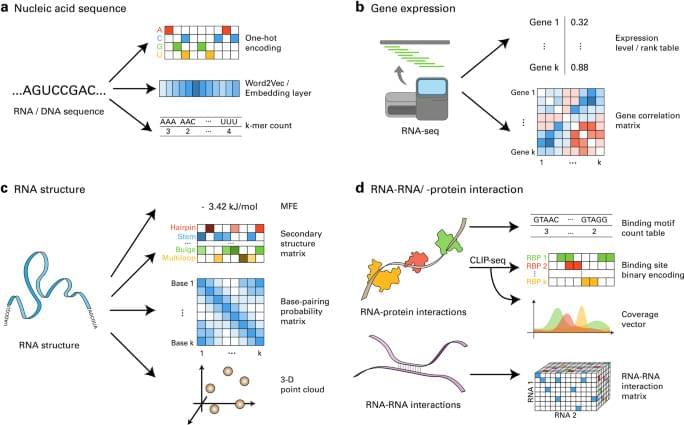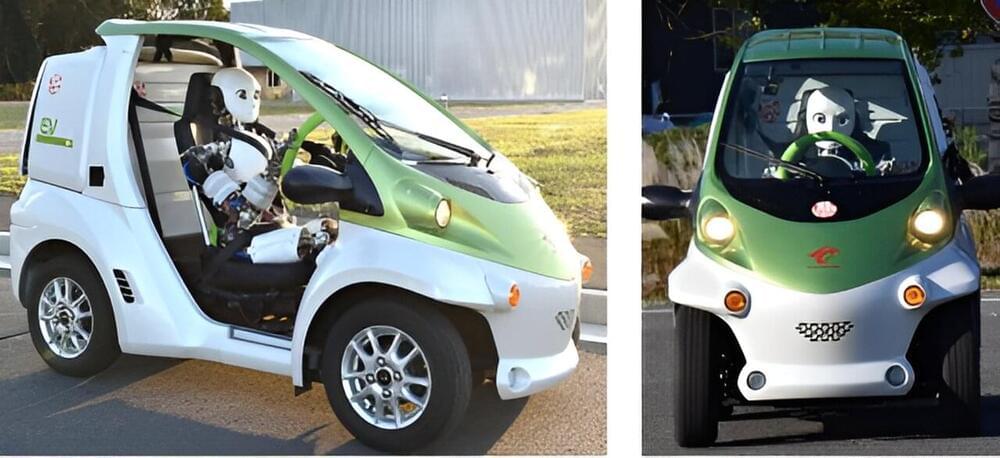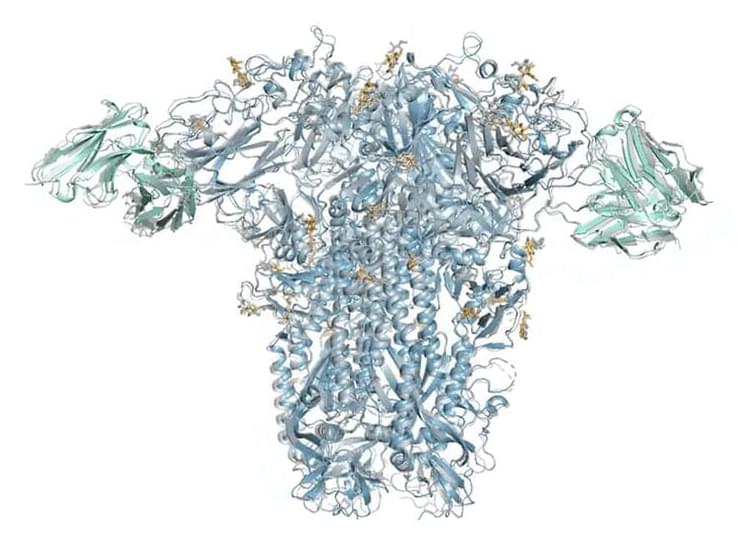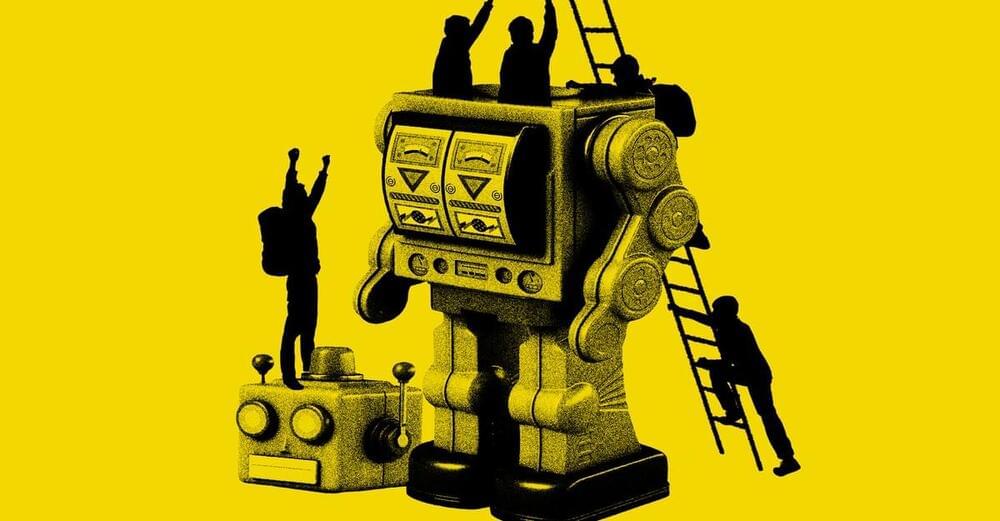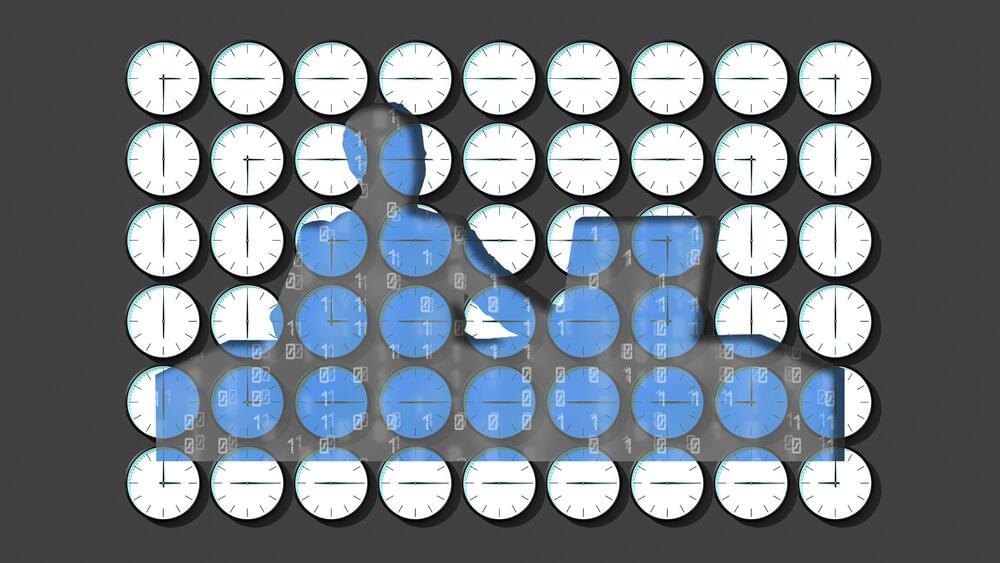
Salesforce recently announced that it has introduced more than 50 AI-powered tools among its workforce and reported that these tools have collectively saved all of its employees in excess of 50,000 hours—or 24 years’ worth—of working time in just three months.
As a company, Salesforce serves as an especially compelling case study for the impact of AI on work—not only because the company tests tools on their own workforce, but because so many others rely on Salesforce’s products to do their jobs each day. Simply put: Salesforce is in the business of work.
Salesforce has more than 70,000 employees worldwide—a 30% increase since 2020. And the software giant builds the products that are used by employees at some 150,000 workplaces, from small businesses to Fortune 500 companies; from sales and customer service teams to marketing and tech teams.

